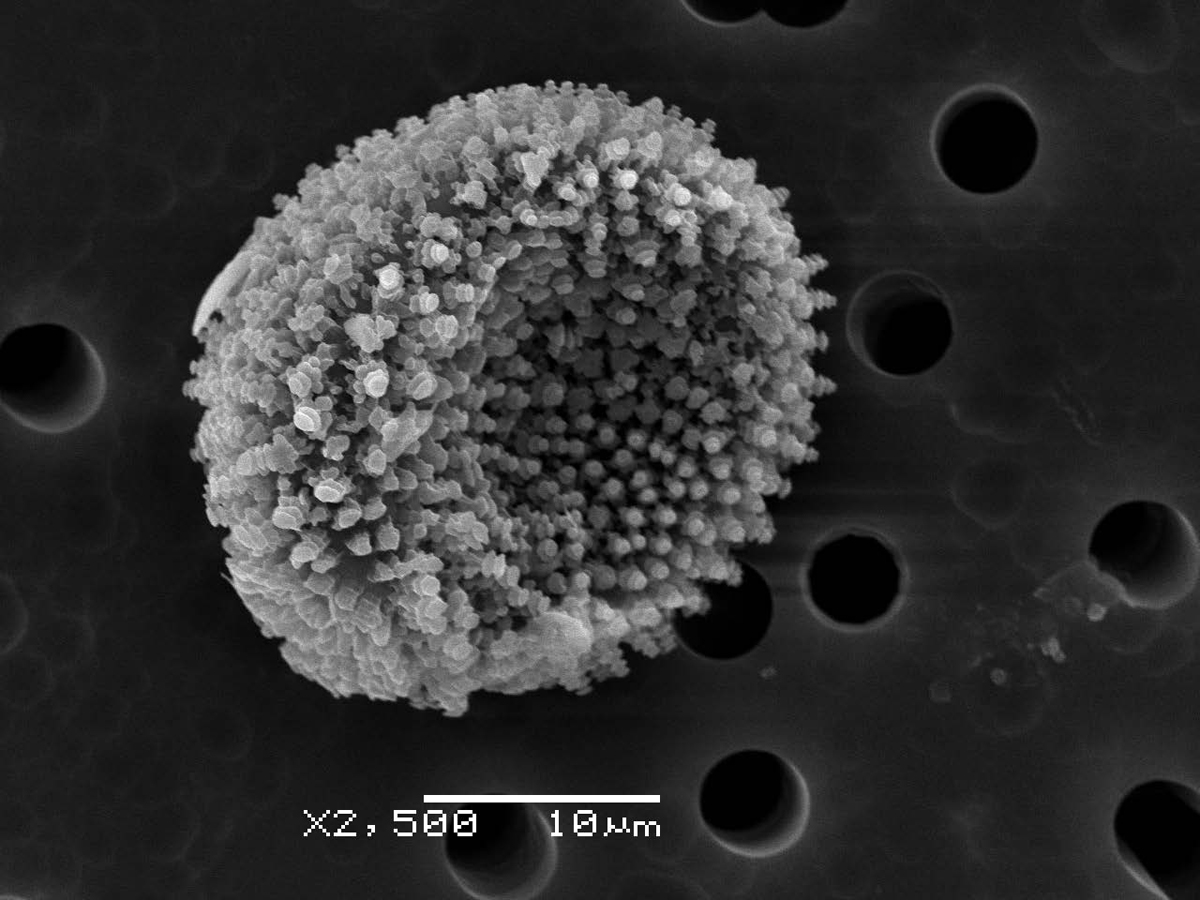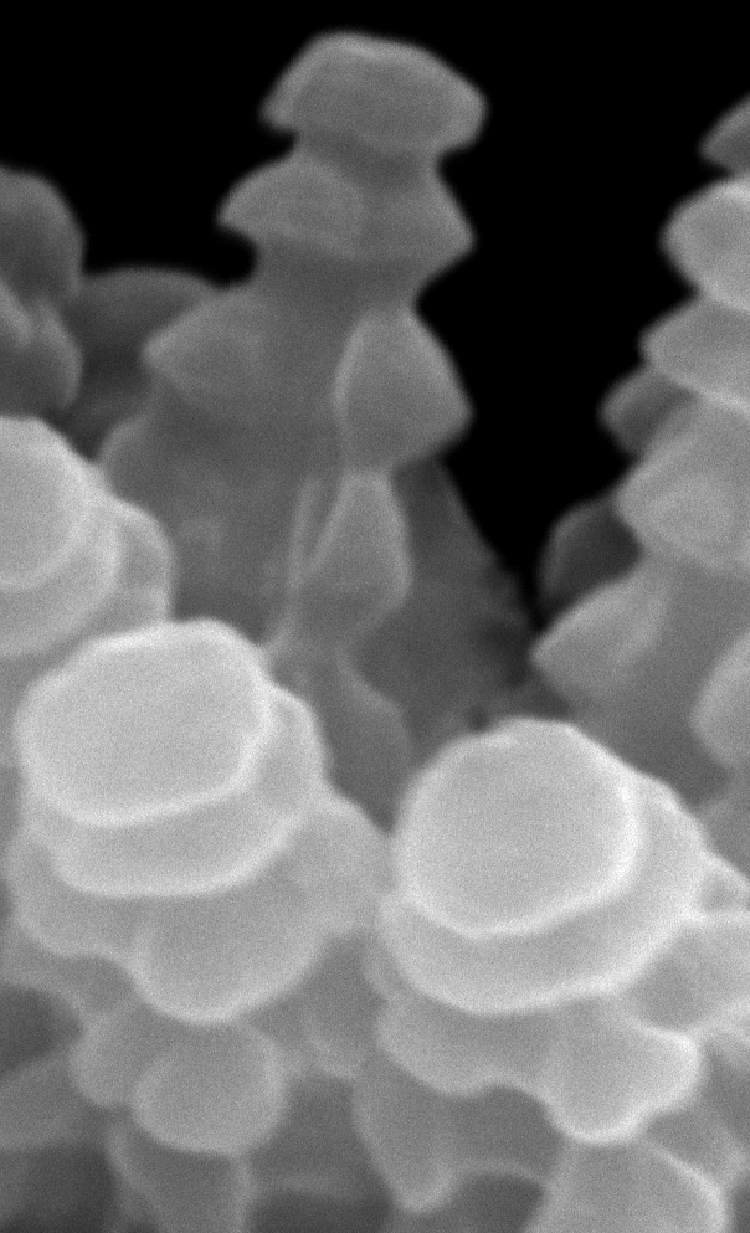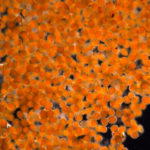
Scientists have done a more detailed examination of that mysterious orange goo that showed up recently in a lagoon near Kivalina earlier this month.
They are fungal spores.
National Oceanic and Atmosopheric Adminstration spokeswoman Julie Speegle says samples were sent down to one of their labs down in Charleston, South Carolina. Researchers there used an electron scanning micrograph to examine the tiny orange balls seen in earlier pictures.
“With the equipment that they have at the South Carolina lab, you can really get a very, very close-up, in-depth, detailed view off the spores,” said Speegle.

The researchers at the National Ocean Service Center for Coastal Environmental Health and Biomolecular Research says the spores are consistent with a fungi that causes rust, or the discoloration that appears on plant leaves and stems. But there are 7800 types of rust fungi. Determining which type is the Kivalina goo is difficult without first observing the spore’s fruiting body.
“I’ve beeing doing oceanographic work on red tides for 20 years,” says Doctor Steven Morton at the National Ocean Service Center for Coastal Environmental Health and Biomolecular Research in Charleston, South Carolina. “This is the first one that I’ve ever seen that’s caused by a fungal spore.”

